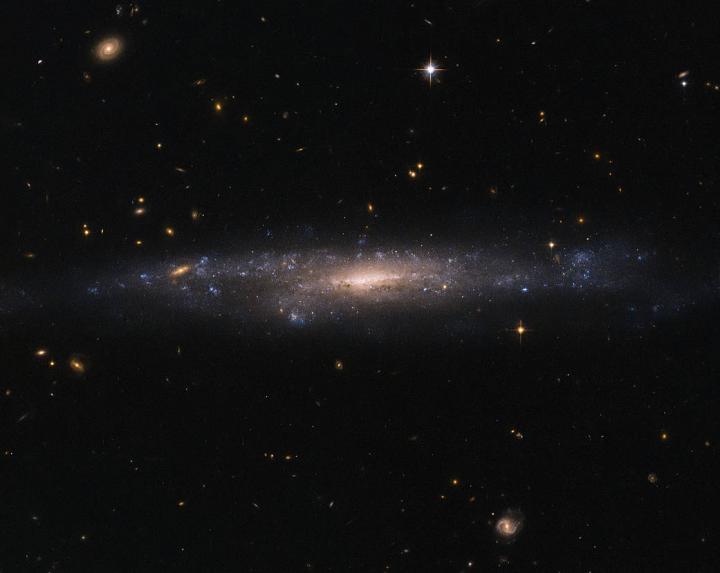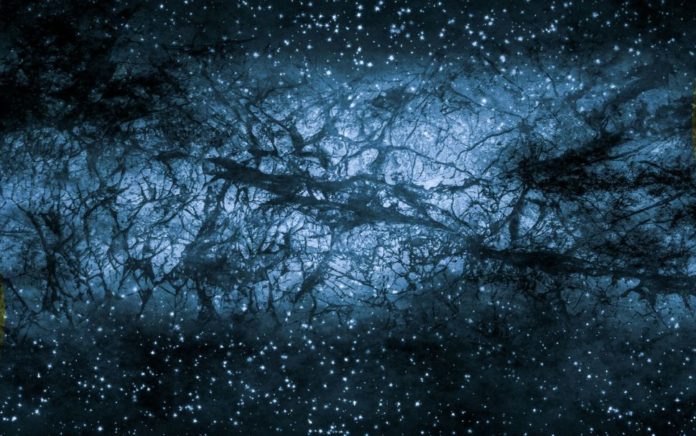For years and years scientists have been trying to get their head around dark matter, and still, it remains a mystery. That being said, thanks to Low-Surface-Brightness (LSB) galaxies new information has come to light relating to the mysterious phenomenon.
Leading the study is Scuola Internazionale Superiore Di Studi Avanzati (SISSA) astrophysicist Chiara di Paolo. “We have found that disc galaxies can be represented by a universal relationship,” explained Paolo. “In particular, in this study, we analyzed the so-called Low-Surface-Brightness galaxies, a particular type of galaxy with a rotating disc called this way because they have a low-density brightness”.
Alongside colleagues Paolo Salucci, a fellow astrophysicist at SISSA, and Erkurt Adnan from Istanbul University, Paolo studied the speed at which the gases and stars which make up the galaxies’ subject matter rotate. From this they noted that all LSBs behave in a very similar way to one another. This provides the researchers with several clues as to the existence and behavior patterns of dark matter.
While you cannot see dark matter, it is there in bucket loads. It’s estimated that dark matter accounts for around 90% of the total mass of the Universe. In order to study dark matter, scientists must use other objects in the cosmos to see how the two interact. Because it doesn’t emit any light, dark matter cannot be observed directly and therefore other methods have had to be sought.

One of which involves studying the rotation curves of the galaxies. These analyses can be done individually or as a group with other curves of a similar nature according to the universal rotation curve (URC) method and is a good way to gain information on dark matter.
The interesting thing about this research is that it’s the first time the URC method’s been used to obtain results from LSBs. As explained by Salucci, “there is no discontinuity but gradual and ordered variations starting from the small to the large”. A similar observation was made for spiral galaxies. “This means that we are able to express an ordered trend through a formula which, keeping account of very few parameters, describes how dark matter and luminous matter are distributed”.
Upon studying the rotation curves of various LSB galaxies, the team revealed some other unexpected findings in “relationships of scale between the properties of the stellar disc and those of the dark matter halo,” said Chiara Di Paolo. One such relationship discovered was that between the stellar disc’s dimensions and the internal region’s dimensions with a constant density of the dark matter halo. They also discovered the relationships found in the LSB were almost coincidental compared to those found in other types of galaxies. The results from this study brings to light a whole new set of scenarios between the two key types of matter which merge to form galaxies.

